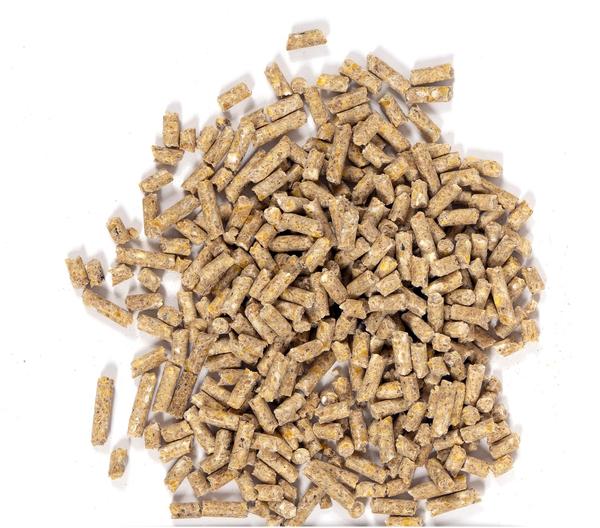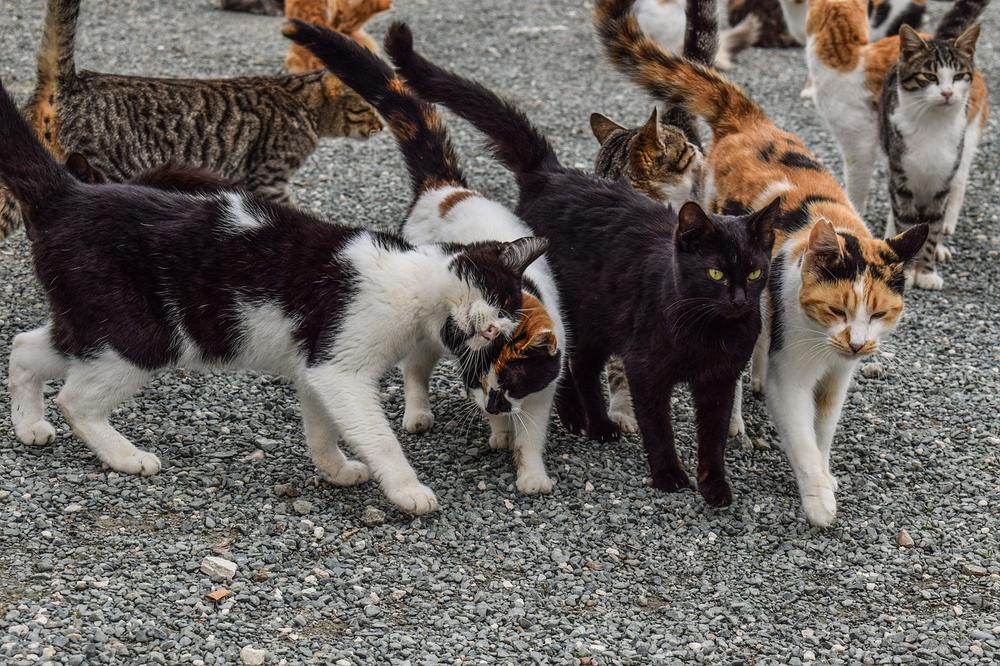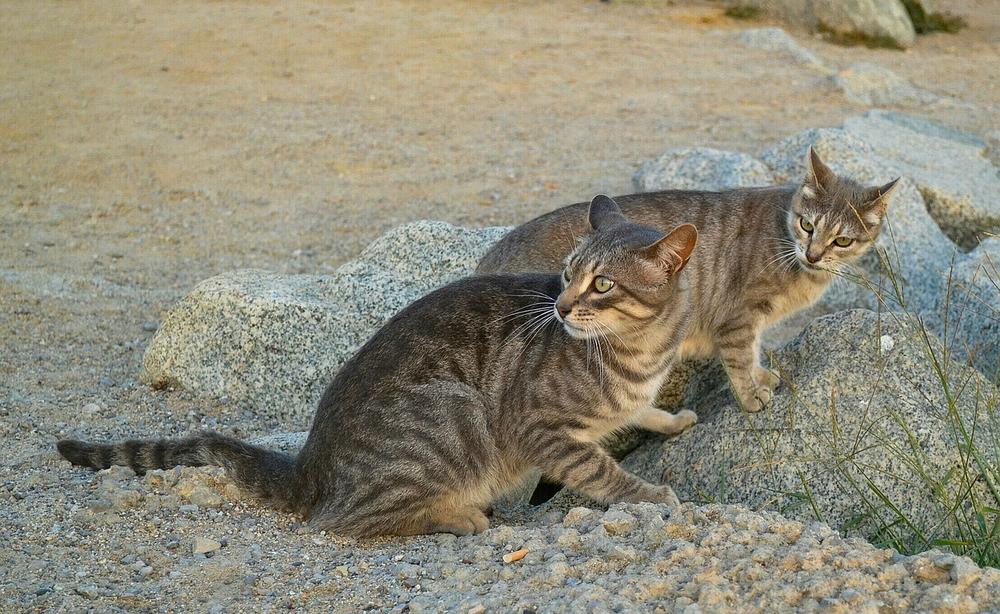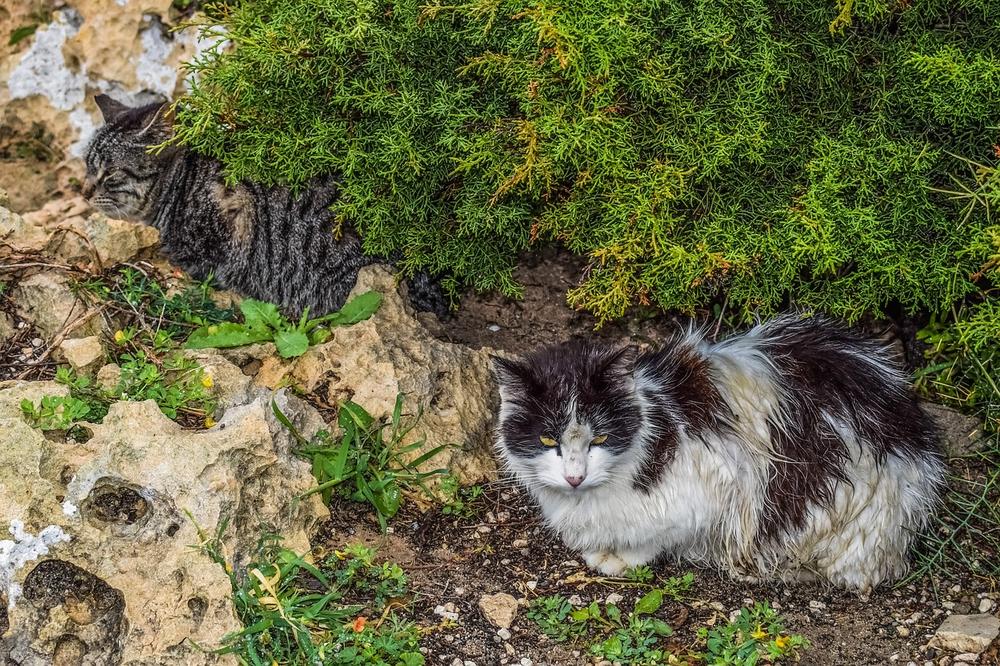What to Feed Feral Cats in Winter (Make Sure They Eat This)

Want to know what to feed feral cats in winter, but don't know where to start?
Ever found yourself worrying about those poor little furballs out in the cold? 😢
Believe me, I've been there, imagining those tiny whiskers freezing in the winter breeze.
But fear not, my compassionate friend, because I've got some expert advice that will warm your heart.
Let's dive in and make sure our furry friends stay cozy this winter.
What to Feed Feral Cats in Winter
You can ensure feral cats stay nourished and healthy during winter by following these 11 tips:
- Increase calorie intake to keep them warm.
- Add a small amount of oil or fat to their food for extra calories.
- Choose fish oil for shinier, healthier coats.
- Assist feral cats in finding food during winter.
- Offer canned wet food for easily digestible warmth.
- Avoid feeding cats harmful foods like milk, chocolate, and chicken with bones.
- Say no to holiday cooking ingredients including xylitol, grapes, raisins, fatty foods, macadamia nuts, alcohol, raw dough, seeds, pits from fruits, caffeinated products, avocado, onions, and garlic.
- Steer clear of feeding cats bones due to potential harm.
- Provide extra food and water during winter.
- Opt for wet food that is easier to digest.
- Help maintain energy levels throughout the cold months.
Winter care is crucial for feral cats' well-being.
Main points I'll expand upon further down this article:
- Support organizations like the ASPCA Spay/Neuter Alliance and practice TNR methods.
- Build relationships with neighbors and participate in TNR programs.
- Provide warm shelters for feral and stray cats using dog houses or storage bins.
- Take safety precautions, such as checking for cats under cars and avoiding toxic substances.
- Keep sickly, senior, or kitten cats indoors during cold weather.
- Contact the veterinary hotline for animal poison emergencies.
- Build shelters using available plans online, trapping body heat inside.
- Use straw, pillows stuffed with packing peanuts, or shredded newspaper for bedding.
- Avoid using blankets, towels, or hay in shelters.
- Consider placing dry or moist food inside well-insulated shelters.
And now that we know what to feed feral cats in winter, let's delve into the essential aspects of providing proper care and ensuring their safety during the colder months.

As an advocate for these resilient creatures, I believe you should understand the importance of winter care and take necessary precautions to support their well-being...
Ensuring Winter Safety for Feral Cats: Shelter and Protection
To keep feral cats safe and sound in winter, here's what you need to do:
- Get friendly with your neighbors and teach them all about feral cats. That way, you can work together and sort out any worries they might have.
- Make sure the cats have a cozy place to stay. Grab an old dog house or even a storage bin, and raise it off the ground to stop them from getting cold and wet.
- Stick some reflective tape or spray on their shelters. This helps cars see them at night, so there's less chance of accidents.
- Be vigilant before hitting the road. Check under your vehicle for any furry visitors hiding out there. Oh, and be sure to keep dangerous stuff like antifreeze away from them - that stuff can harm them big time.
- If a cat is ill, old, or just a young kitten, please keep them indoors as much as you can. Cold temps can cause health issues, so it's important to keep these vulnerable cats snug and warm.
Follow these tips, and the feral cats in your area will stay happy and healthy throughout the winter. 😺

Now that you have taken the necessary steps to ensure winter safety for feral cats by providing them with shelter and protection, it's time to delve into how to create a cozy haven that will keep them warm in the coldest of temperatures.
Get ready to discover some ingenious techniques I'll be sharing with you!
The Importance of Extra Insulation for Feral Cat Shelters in Winter
Utilize bales of straw for extra warmth
If you want to keep feral cats cozy during winter, here's a trick:
Use bales of straw.
Place them around the shelter walls to give an extra layer of insulation and help trap heat inside. It's like creating a snug retreat for them.
Choose the right size and bedding
When building shelters for feral cats, ensure to pick a size that keeps their body heat trapped inside.
You want them to feel snug and secure in there.
Now, let's talk about the bedding options.
You can go for straw, pillowcases filled with packing peanuts, or shredded newspaper.
Don't forget to replace the bedding if it gets dirty or damp.
And hey, washing and re-stuffing those pillowcases is a small price to pay for happy cats!
Alternative insulation and food placement
In extremely cold conditions, you might consider using Mylar instead of straw or blankets for insulation.

It provides extra warmth and protection from the elements.
Avoid using blankets, towels, or folded newspaper though; they absorb heat rather than holding onto it. Shivering cats are no fun!
By the way, skip using hay as bedding because it can cause allergies and irritate their noses.
Lastly, be sure to place some dry or moist food inside the well-insulated shelter.
A simple act of kindness that can truly make a difference in these feral cats' lives.
Now, here's the deal...
When it comes to feeding feral cats in winter, providing proper insulation for their shelters is crucial.
But what about creating a dedicated feeding station to protect them while they eat or drink?
Let's explore some innovative ideas and useful tips to ensure both their well-being and community relations...
Feeding Station for Feral Cats
If you want to help feral cats and keep them safe, making a feeding station is a kind way to provide them with food.
Here are some tips to help you build an effective one:
- Try out different types of stations using things like old coolers or wooden crates that you can find around. Get creative and see what works best for the resources you have.
- Buy cat food from a pet store so that you can make sure the cats are getting proper nutrition.
- Set up the feeding station by putting food and water under a canopy made by two shelters facing each other. This creates a safe place for cats to eat where they won't be bothered by the weather.
- Use a wide board securely placed between the shelters to make a specific area where cats can come for their meals.
- Use covered shelters as feeding stations to protect the cats while they eat and drink. You can either build your own or buy ones that are already made.
- Leave one side of the feeding station open so that all the cats can access it easily and no one cat takes over.
- Lift the floor of the feeding station off the ground to keep both the food and the cats' paws warm. Rubbermaid storage bins work well because they're easy to put together and clean.
- Keep the feeding location clean to prevent any health problems for the cats and to maintain good relationships with your community.
- As a cool idea, you can repurpose an outhouse or create a separate feeding station just for community cats. This way, they'll have their own place to get food and water. Remember, even small efforts like this make a big difference in improving the lives of feral cats in your community.
Providing Fresh Water for Feral Cats in Winter
In winter, you must provide fresh water for feral cats.
Here are some ways you can do it:
- You can keep the water bowls from freezing by using electrically heated ones or keeping the water in motion.
- Instead of thin plastic or ceramic ones, go for thick plastic water containers as they insulate better against the cold.
- Place the water bowls outside the shelter to prevent spills and wet surroundings.
- Keep an eye out for freezing and remove any ice that forms. Make sure stray cats have clean, fresh drinking water.
- To prevent freezing, you can add warm water to the drinking bowls.
- Avoid using heating pads at feeding stations as they can be unsafe for the cats.
By following these tips, you make sure feral cats have access to clean, unfrozen water in winter.
It's a small act of kindness that can really improve their lives. 💧

And remember, when providing fresh water for feral cats in winter, you should also consider their hydration needs.
If you're wondering how long a cat can go without water, I encourage you to check out my enlightening blog post on the subject: How Long Can a Cat Go Without Water.
It's a must-read for anyone who wants to ensure the well-being of these furry friends.
How to Keep Feral Cats' Food From Freezing
Use insulated food containers, neoprene covers, and styrofoam containers to keep stray cats' meals at the right temperature.
This helps prevent wet or canned food from freezing during winter.
Solar warmers are a great solution for avoiding frozen food, especially in colder areas. But sometimes you might need more creative techniques.
Investing in solar-heated water bowls is crucial for preventing both water and canned food from turning into ice blocks.
This becomes even more important when dry food is their primary diet.
Also, remember to heat the food before tossing it outside.
Make sure it's warm enough for them to enjoy but not scorching hot.
And that wraps up today's article.
If you wish to read more of my useful articles, I recommend you check out some of these: Do Cats Drink Less Water in the Winter, How to Keep Cats Cool in Summer Without Ac, Why Is My Cats Nose Cold, and My Cat Is Not Eating Force Feeding Your Cat
Talk soon,
-Sarah Davis